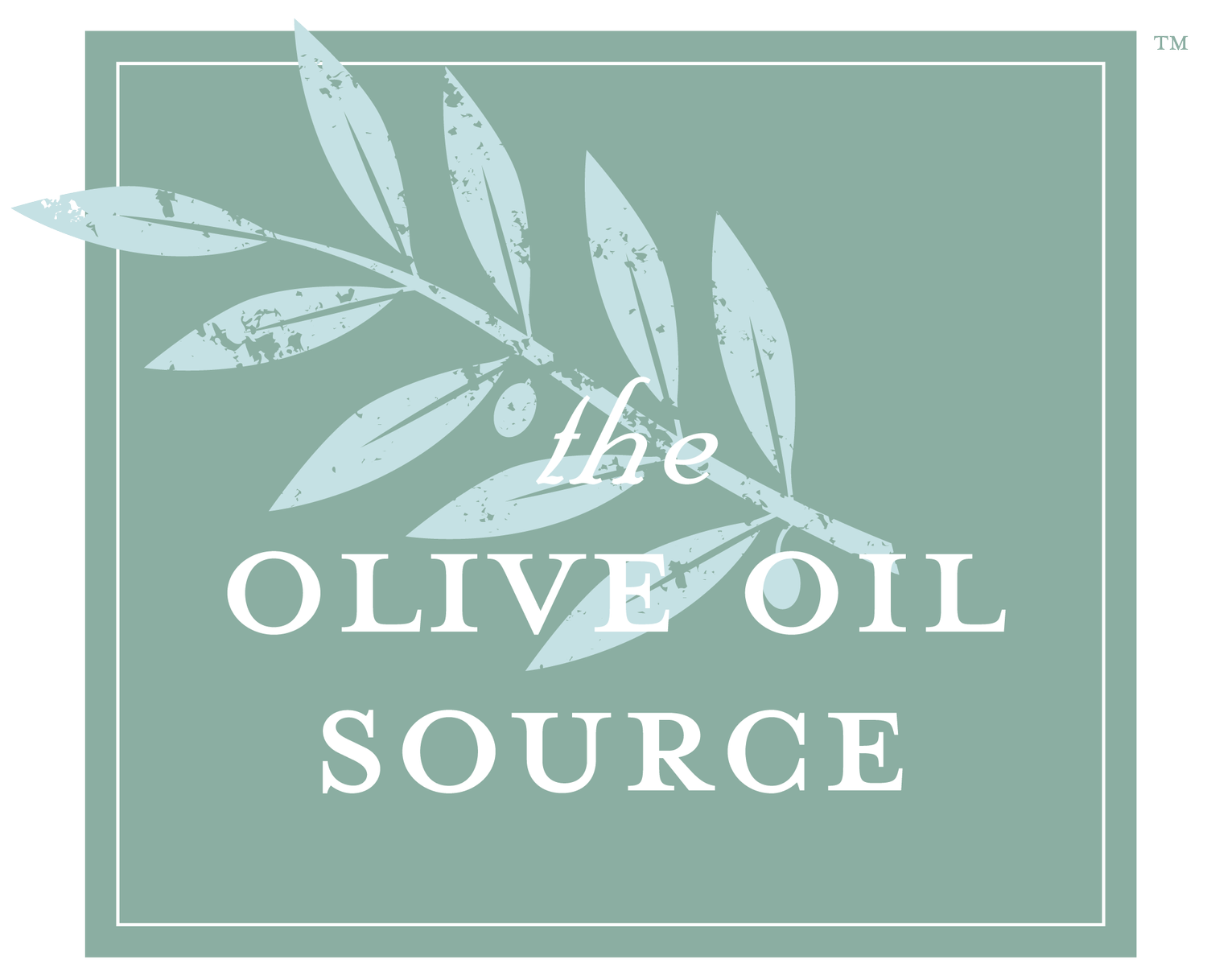
Irrigation Installation
Olive trees respond amazingly well to adequate irrigation water. Properly irrigated trees produce good growth, large fruit size, annual bearing, and much better yields than inadequately watered or highly water-stressed trees. Potential sites need to be evaluated to determine whether they have adequate volume of irrigation water available to make the orchard economically competitive.
The complexities of designing an irrigation system can be daunting. Calculations involving well pump sizing, pressurizing mains, sizing mains, pressure reduction, accommodating varying terrain and or elevations, etc. can be complicated and involve more explanations than we can provide here. It is crucial that these matters be considered, however, in order to have a properly functioning system and to avoid costly wasting of water and irrigation equipment.
For more in-depth information, we recommend the books from Louise Ferguson and G. Steven Sibbett, and from Paul Vossen, listed in our Sources below.
IRRIGATION VOLUME
How much water is needed for olive tree growth in California?For planning purposes, it is useful to know that the minimum amount of irrigation water generally needed for good production in California-like weather conditions is about 7,000 gallons per acre (65.5m3/ha) per day, or a continuous 5 gallons (18.9l) per minute. Cool coastal areas may need less and hot inland areas more. This minimum is based on providing adequate water to trees during the peak periods of June through September.
Recent irrigation trials indicate that water can be reduced with a controlled deficit strategy, applying about 45% of total evapo-transpiration demand from June until harvest without affecting yield.
In order to get young trees off to a good start and to fill out their allotted space, they should never be allowed to go dry and should never suffer water stress. This means that young trees need frequent irrigation. With drip irrigation, this means watering the trees every day or at least every other day during the summer.
IRRIGATION SYSTEMS
The irrigation systems should be selected and installed before the olive grove is planted. System selection is based on cost, maintenance considerations, the terrain to be irrigated, and the cost and availability of water. Low volume systems – drip systems, mister/fogger systems, mini-sprinkler systems, and fan jet systems – are expensive but efficient and well adapted to sloping land. They apply small, precise amounts of water (usually 1 to 15 gallons an hour) to localized areas around the trees and are useful and economical when the terrain cannot be economically leveled to the degree necessary for less expensive systems. Low-volume irrigation is also useful when water is costly and must be used most efficiently, and when automation is desired.
Sprinklers apply more water per hour than low-volume systems and are suitable when run-off does not occur. Sprinklers can be permanently set in the orchard or on movable hoses or pipelines. Movable systems have less initial expense, but their use is labor intensive. Furthermore, movable systems operate every day, so some part of the orchard is wet on any given day, hindering access for other cultural work. Pipeline systems and open ditch systems are usually the cheapest and are quite effective if water is cheap and abundant and the orchard floor is flat to ensure uniform distribution. Be aware that any wide dispersion systems will make weed control more difficult.
The irrigation system should be installed before planting. The best time to install the systems is after pre-planting fumigation. Once the trees are planted, it becomes much more difficult.
LAY-OUT
While the irrigation layout may vary considerably as a result of the olive tree spacing, the main considerations when laying out your irrigation system include whether or not the system is movable, whether it is drip or spray, where your water sources and pressurization are, and where you intend to put controllers if automated. The overall goal is to limit the amount of mainline you will be running as well as the number of control wires for automation.
In all instances, you need to keep in mind that there will be traffic in the orchard whether for mowing, pruning, spraying, harvesting, or general maintenance. If the irrigation is movable or drip, you will want to make certain your stub ups are out of the way of traffic and, in the case of the drip, that your tubing runs will not interfere with your traffic pattern. If you are installing spray irrigation, you will want to make certain heads are well protected from traffic and oriented out of the traffic flow.
The lay out process is quite simple once the general guidelines are established and requires nothing more than a lengthy tape measure, measuring rod, or a transit depending on the size of the orchard. Most installations use layout flags available from any irrigation supply for marking the locations of the trees, or on a lower budget, plastic knives.
SOURCES
G. Steven Sibbett and Louise Ferguson: Olive Production Manual, University of California.
Paul M. Vossen: Organic Olive Production Manual, University of California.
